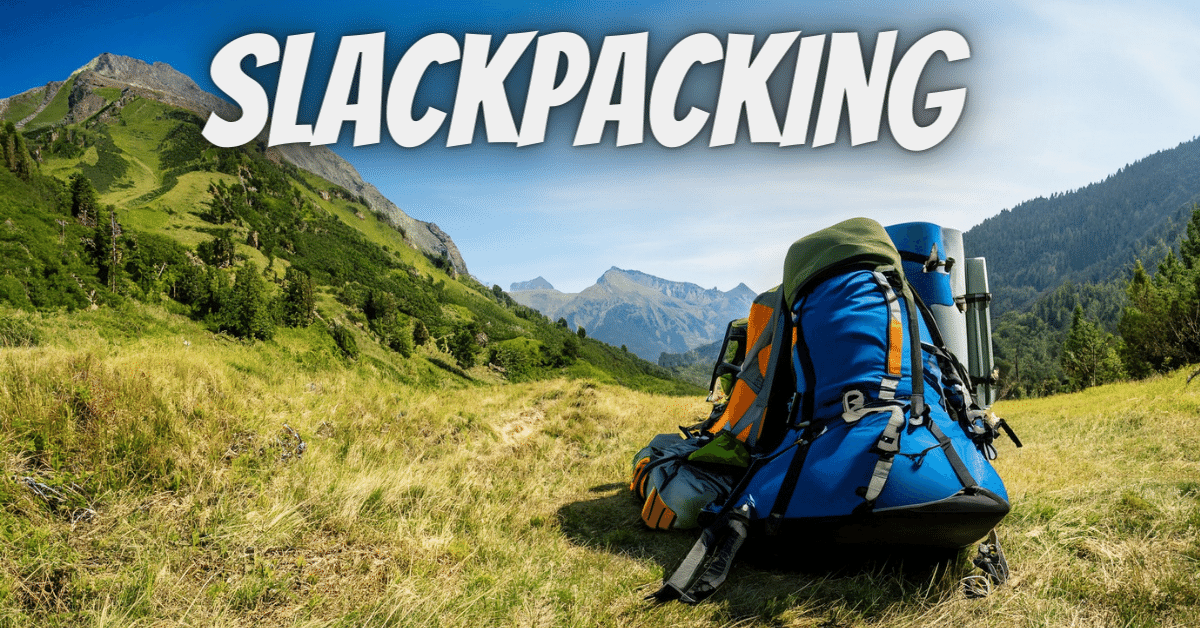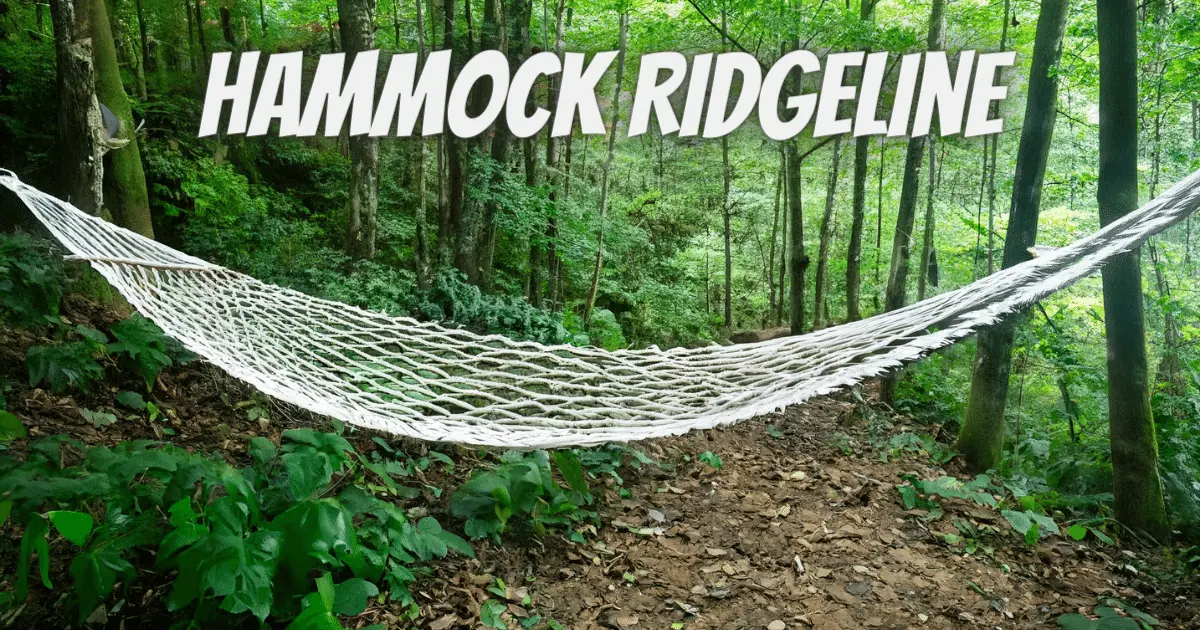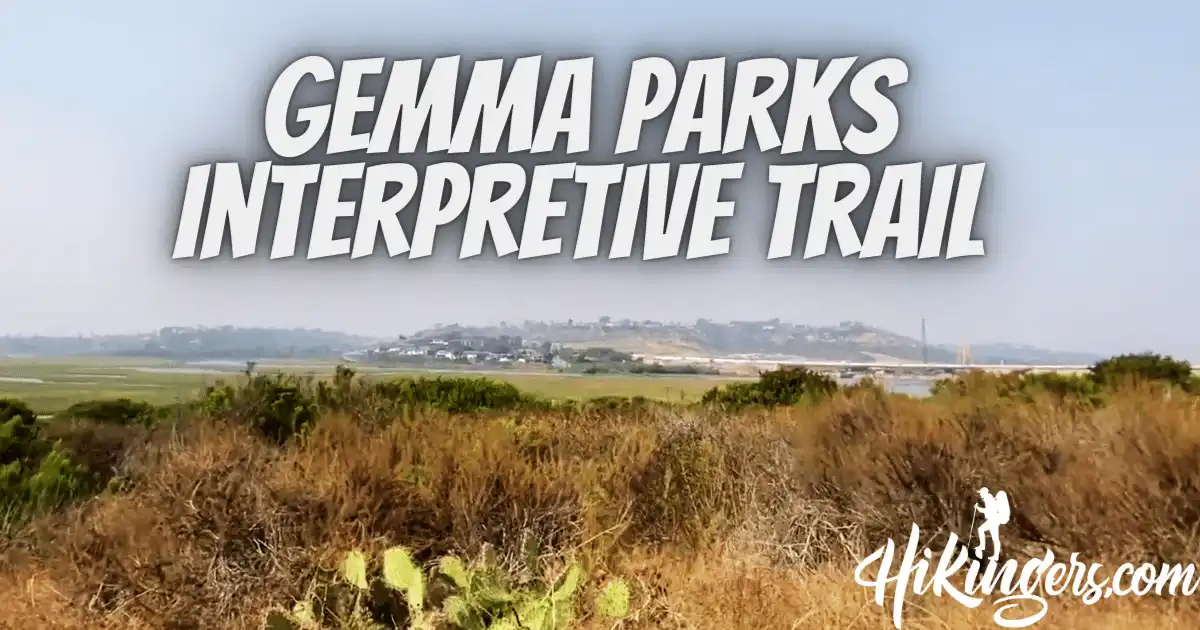For hikers seeking the immersion and challenges of backpacking with a focus on comfort and relaxation, slackpacking offers the perfect blend. This style of supported hiking allows you to enjoy iconic trails without the burden of a heavy backpack weighing you down. By utilizing lodging, shuttles, and baggage transfers, slackpacking opens up new possibilities for adventure.
An Introduction to Slackpacking
Slackpacking may be unfamiliar to some hikers. Here’s a quick rundown of what it entails:
Definition
Slackpacking involves hiking a long trail utilizing services to transport luggage and provide accommodations along the route. No camping or heavy pack is required.
Origin
The term “slackpacking” comes from hiking a trail without a full “pack” and taking it easy or “slacking” off on the intensity.
How It Works
Outfitters transport luggage between lodging each day while you hike self-sufficiently carrying just day items. Shuttles get you to/from the trail.
Trails Well-Suited for Slackpacking
- Appalachian Trail
- John Muir Trail
- Camino de Santiago
- Tour du Mont Blanc
- West Highland Way
- Any thru-hike route
The Benefits of Slackpacking

Why consider slackpacking for your next big hike? Here are some of the biggest benefits:
Avoid Heavy Loads
By transporting gear and food, your daily pack weight stays under 10-15 lbs allowing more enjoyment on the trail.
Access Challenging Trails
Experience iconic thru-hiking routes without the conditioning and resupply logistics required for a traditional self-supported trek.
Focus on Hiking
Without gear management and camp chores, you can fully dedicate daylight hours to hiking each stretch of trail.
Sleep and Recharge
Quality lodging allows you to get optimal rest and recover for the next day’s hike. No restless nights in a tent.
Shower Up
Clean off the grime of the trail each night returning to civilization. Feel refreshed each morning.
Dine on Real Food
Replenish calories with fresh, healthy meals instead of repetitive trail rations. Sample local cuisine.
Explore Communities
Opportunities to learn about each area’s culture, history, foods, and attractions along the route.
Tips for Planning a Slackpacking Adventure

To embark on a rewarding slackpacking trek, utilize these planning pointers:
Pick an Established Trail
Lodging and transportation are easier to coordinate on popular routes with existing services and infrastructure for hikers.
Determine Logistics
Analyze trail terrain, mileage, and locations to plan optimal daily segments considering distance and difficulty.
Research Accommodations
Compile a list of lodging options in each trailhead community for overnight stays. Hotels, B&Bs, hostels, etc.
Arrange Shuttles
Find shuttle companies operating near the trail to provide transfers before/after each daily hike.
Contact Luggage Transfers
Research services that will securely transport your luggage between overnight locations.
Manage Permits & Fees
For certain trails, research required permits, registration, or fees to access and slackpack legally and ethically.
Identify Gear Needs
Compile a list of equipment you’ll need to safely hike and camp if not using full accommodations every night. Minimize pack weight.
Pack Essentials Only
With no need to pack clothing, food, or shelter, limit pack contents to water, snacks, first aid, navigation, rain gear, and other essentials.
Executing a Successful Slackpacking Trek

Once you’ve completed thorough planning, follow these tips for executing a seamless hike:
Communicate Schedule Details
Provide all shuttles and luggage transfers with your confirmed daily mileage goals, arrival times, and any schedule changes promptly.
Consolidate Luggage
Condense clothing and gear into the minimum number of bags to simplify transfers. Leave non-essential items at home.
Check-in with Service Providers
Occasionally throughout the trek, confirm all accommodations, meals, luggage transfers, and shuttles are arranged as expected at each upcoming location.
Track Your Progress
Use maps, apps, and directions to stay well-oriented along the route each day. Communicate adjustments as needed.
Manage Daily Mileage
Assess terrain, conditions, pace, fatigue, and other factors continuously to ensure you can complete each day’s section comfortably and safely. Adjust as warranted.
Protect Essential Items
Keep key items like ID, cash/cards, medications, and electronics with you on the trail in case of lost or delayed luggage transfers.
Enjoy Downtime
Take advantage of amenities at each stop to fully rest and recover. Sore muscles need more attention without a full backpack to strengthen your body progressively.
Enhancing the Slackpacking Experience

To make your trek even more enjoyable and memorable, consider incorporating these additions:
Side Trips
Many trails pass incredible natural features and landmarks. Schedule time to enjoy these fully.
Local Cuisine
Savor the regional foods and beverages that make each destination special and fuel up properly.
Cultural Attractions
Take advantage of opportunities to gain insight into local history, architecture, and customs through museums and tours.
Rest Days
Schedule periodic zero days for extended rest, laundry, sightseeing, or just pure relaxation.
Massages
Treat sore muscles with professional massages whenever possible. Your body will thank you.
Swimming
Look for chances to soak tired feet or cool off with a refreshing swim in lakes, rivers, or pools along the route.
Photography
Capture highlights using your phone or camera gear transported in your bags between lodging.
Enjoy the Comfort of Slackpacking

For hikers compelled to explore extensive trails like the Appalachian or John Muir but seek more comfort, slackpacking opens up new horizons. The logistical support allows you to focus energy on safely covering miles and fully experiencing the magic of each segment. With strategic planning, you can enjoy iconic routes without the weight on your back or compromise in hiking fulfillment. Slackpacking provides the perfect blend of challenge, convenience, and immersion into areas worth protecting. Here’s to more people discovering the possibilities of “hiking light”!
Frequently Asked Slackpacking Questions
Is slackpacking considered cheating?
Absolutely not! It simply allows more people to access challenging trails safely and comfortably. You still have to hike the entire distance using your own power.
Can you slackpack as a solo hiker?
Yes, all services can accommodate individuals, but traveling with a small group provides more flexibility and safety. Solo hikers must take extra precautions.
Is slackpacking less impactful on the environment?
Yes, staying in established lodging, reduces the concentration of hikers camping in fragile backcountry areas. However, any hiking has an environmental impact that must be managed responsibly.
Is slackpacking suitable for beginner hikers?
With shorter daily mileage and lighter packs, it can be a great way for beginners to challenge themselves on iconic long trails they may not otherwise take on.
Does slackpacking require specific gear?
Most traditional backpacking gear is excessive. Focus on quality shoes, trekking poles, hydration, nutrition, first aid, navigation, and rain protection.
You May Also Like

My name is David James I am an adventurous hiker based in California. Through this weblog, I percentage my passion for exploring nature’s wonders, documenting breathtaking trails and hidden gemstones.



